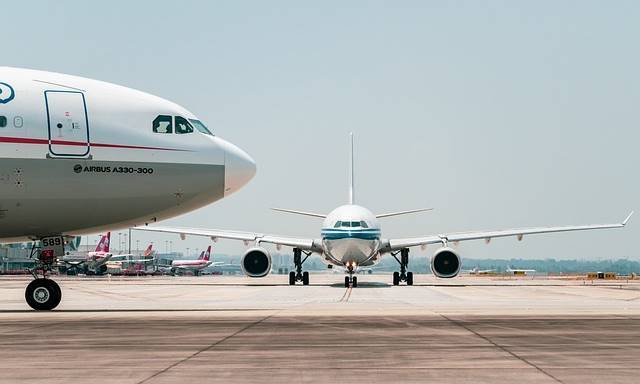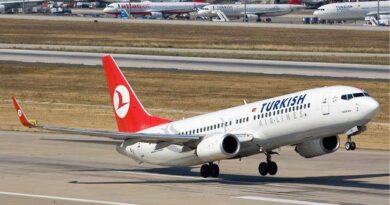Situational Awareness in Aviation
Situational awareness is a critical element of aviation safety, as it enables pilots to perceive, comprehend, and anticipate changes in the environment and make appropriate decisions. Maintaining situational awareness requires pilots to gather information from various sources, such as instruments, ATC communications, weather reports, and visual cues, and to process that information to create a mental model of the current situation. In this article, we will discuss the importance of situational awareness in aviation, the factors that can affect it, and the strategies for enhancing it.
Importance of Situational Awareness in Aviation
Situational awareness is crucial for safe and efficient aviation operations. It enables pilots to:
- Recognize and avoid potential hazards, such as other aircraft, terrain, weather, and mechanical problems.
- Make informed decisions about flight paths, altitudes, and speeds based on current conditions.
- Respond quickly and effectively to unexpected events, such as equipment failures or changes in weather patterns.
- Communicate effectively with other members of the flight crew and air traffic control (ATC).
- Maintain situational awareness throughout the entire flight, from pre-flight planning to post-flight debriefing.
Factors That Affect Situational Awareness
Several factors can affect pilots’ situational awareness, including:
- Fatigue and stress: Pilots who are tired or under stress may have difficulty processing information and making decisions.
- Distractions: In-flight distractions, such as cabin noise, passenger requests, or electronic devices, can divert pilots’ attention from critical tasks.
- Complacency: Pilots who are familiar with routine flights or procedures may become complacent and fail to notice changes in the environment.
- Automation dependency: Pilots who rely too heavily on automated systems may lose the ability to manually perform critical tasks or respond to unexpected events.
- Information overload: Pilots who are inundated with too much information from various sources may have difficulty filtering and prioritizing the information.
Strategies for Enhancing Situational Awareness
To maintain situational awareness, pilots can employ several strategies, such as:
- Pre-flight planning: Thorough pre-flight planning, including weather and route analysis, can help pilots anticipate potential hazards and make informed decisions.
- Monitoring instruments: Pilots should regularly monitor their instruments to maintain an accurate mental model of the aircraft’s position, altitude, and speed.
- Cross-checking: Pilots can cross-check their instruments with each other and with external visual cues to verify their accuracy.
- Verbal communication: Effective verbal communication between pilots and ATC can enhance situational awareness by providing additional information and clarification.
- Active listening: Pilots should actively listen to ATC communications and other flight crew members to ensure that they understand the current situation.
- Reducing distractions: Pilots should minimize distractions, such as turning off non-essential electronic devices or delegating tasks to other crew members.
- Automation management: Pilots should be aware of the limitations and potential failures of automated systems and be prepared to take over manual control if necessary.
Conclusion
Situational awareness is an essential element of aviation safety, enabling pilots to perceive, comprehend, and anticipate changes in the environment and make informed decisions. To maintain situational awareness, pilots must gather information from various sources, process that information, and create a mental model of the current situation. Factors such as fatigue, stress, distractions, complacency, automation dependency, and information overload can affect pilots’ situational awareness. Strategies such as pre-flight planning, instrument monitoring, cross-checking, verbal communication, active listening, reducing distractions, and automation management can help pilots enhance their situational awareness and ensure safe and efficient flight operations.
References:
- Federal Aviation Administration. (2016). Situational Awareness. Retrieved from https://www.faa.gov/news/safety_briefing/2016/media



